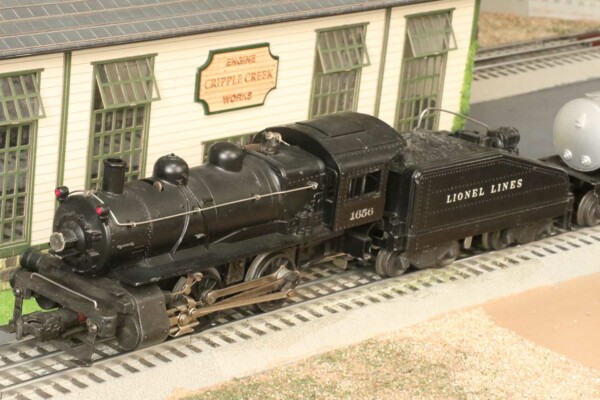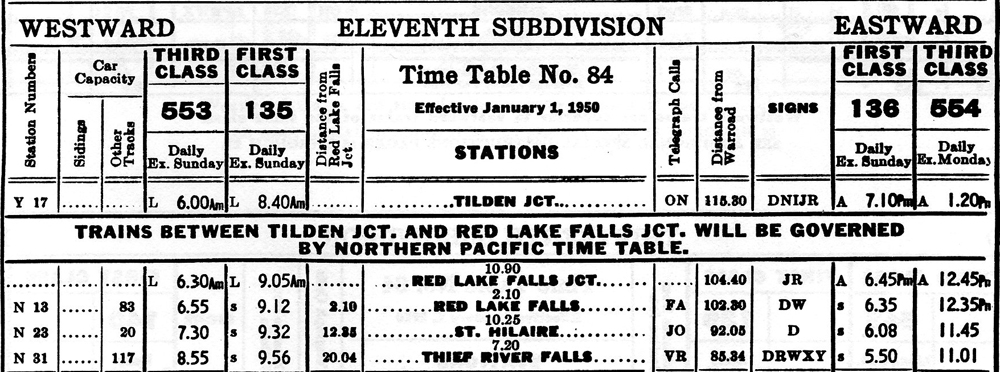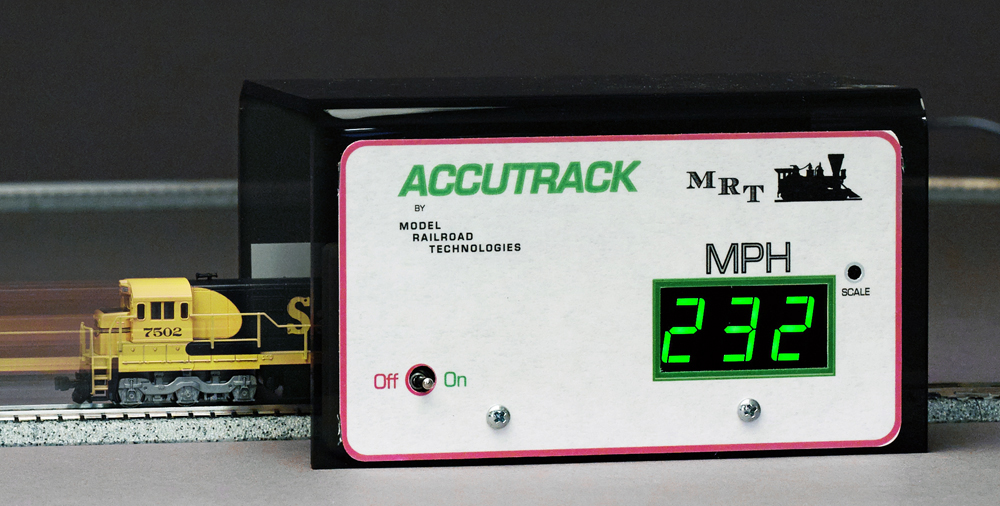Peter H. Riddle has written books and many stories for Classic Toy Trains.

What toy train locomotive means the most to you?
The beginning of my story is a familiar one, undoubtedly shared by many thousands of other youngsters in the fall of 1948. With Christmas just two months away, my treasured Lionel catalog was well-thumbed from daily examination, especially a two-page spread that displayed the object of my hopes and dreams. Emblazoned there was what I hoped would be a new train set to join the venerable prewar No. 229 locomotive that I had inherited from my older sister three years before.
The set wasn’t headed by an F3 diesel, a GG1 electric, or a big turbine steamer. Our family was still recovering from the deprivations of the war years, and I knew that an expensive Lionel was not in the cards that year. But I had fallen for a modest and economical freight train led by a handsome, brawny 0-4-0.

I didn’t know that No. 1656 was simply an update of a prewar design, and cared little that it lacked smoke or an on-board whistle. What it did have were realistic remote control knuckle couplers on both ends, promising lots of switching fun. And a ringing bell! No other Lionel steamer had that! While the price was listed at $35.95, a fortune to me in those years, my parents hinted that this Christmas could be special for all of us.
What makes it special?
Fate works in mysterious ways. Late in November 1948 an event occurred that shattered my dreams and changed the course of my life in many ways. But that’s another story. The family’s sole breadwinner, my father, was felled by an illness that ended his working career and would take his life less than four years later.
I had no time to brood over the fact that Christmas that year, and no doubt those for for some time after, would be lean ones. There would be no fancy toys under the tree. Over the coming years everyone would be needed to contribute to the family’s well-being, and despite my youth, I was determined to step up. Summer and weekend jobs loomed in my future, and I was ready.
How did you acquire it?
I was unable to rekindle my love for trains until well into the 1950s, and by then HO scale had attracted my attention. But somehow I never forgot Lionel’s handsome No. 1656. Its image remained lodged in the back of my mind well into the 1980s, when I abandoned HO to begin a collection of Lionel and other O gauge trains that have sustained my interest ever since.
I began a quest for my elusive switcher, but the memory of that pristine beauty far outshone the condition of the used examples that most often appeared in train shows and auctions. The years sped by.
It was well into the new millennium when, quite by chance, I wandered into a country auction and spied a simple cardboard carton with the magical word “Lionel” imprinted on it. Prepared for yet another disappointment, I raised the flaps and found the individual bright and unspoiled boxes of the same set that was pictured in my childhood catalogue. What’s more, the No. 1656 switcher and its bell tender showed no sign of ever having been on the track.
Well over a half-century later, my childhood dream is now the sentimental prize of my collection, the locomotive I love the most.














Thanks for sharing.